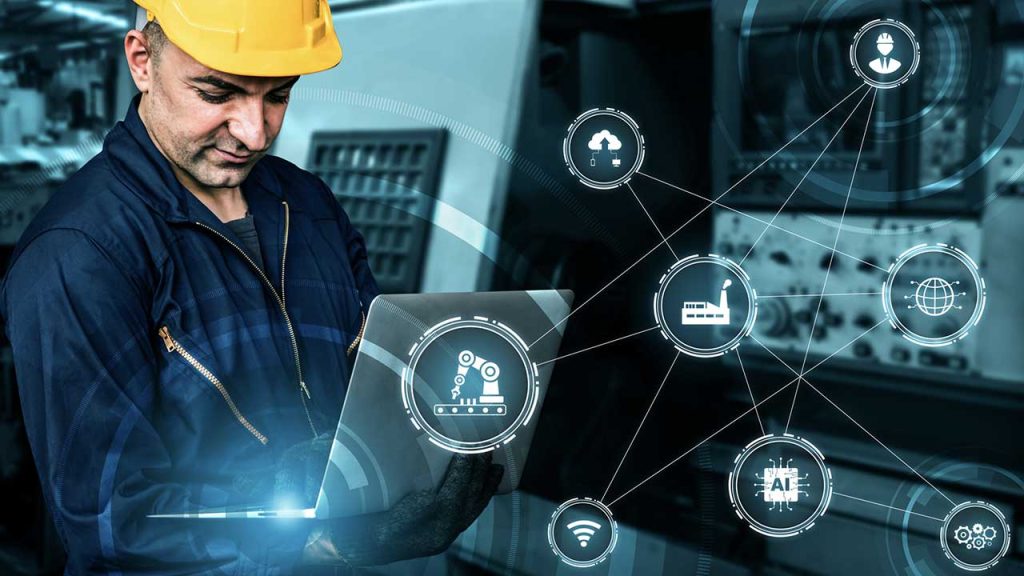When Yield Becomes Sustainability — Redefining Efficiency in Semiconductor Manufacturing | SPONSORED
Sustainability used to sit on the periphery of semiconductor manufacturing — an environmental checkbox managed by a separate team. That era is over. The next generation of fabs is proving that sustainability is not a corporate add-on, but a direct measure of manufacturing performance.
As Brian Taylor of Siemens put it, sustainability “is not a separate track.” It’s embedded in every conversation about yield, throughput, and cost. In a business where every wafer demands enormous energy, water, and chemical input, sustainability is now a function of how efficiently a fab converts resources into finished products.
The Hidden Cost of a Lost Wafer
Every scrapped wafer represents wasted electricity, water, and materials — and in modern fabs, those costs are staggering. What was once dismissed as yield loss now doubles as a sustainability failure.
By reframing yield as part of environmental performance, fabs can quantify sustainability in operational terms: fewer defects mean less energy burned, fewer chemicals consumed, and less waste produced. The equation is simple — the more efficient the process, the greener the operation.
This perspective shifts sustainability from compliance to competitiveness. A one-percent yield improvement in a high-volume fab doesn’t just lift profit margins — it translates directly into measurable reductions in carbon footprint and resource use.
Digital Tools Make Sustainability Visible
The complexity of semiconductor production once made sustainability nearly impossible to track in real time. Water recycling, energy consumption, and chemical recovery — all were monitored in isolation, if at all.
That’s changing through digitalization. Today’s fabs are increasingly using simulation and analytics tools to model energy flows, process efficiency, and waste streams. These tools run millions of digital “what-if” scenarios to test improvements — optimizing how energy and resources are consumed at every step.
A key advantage of this approach is that sustainability data no longer lives in a separate system. It becomes part of the same digital twin or data platform used for operations. Plant managers can toggle between a production view and a sustainability view without switching tools — one lens showing yield and uptime, the other showing water, energy, and emissions impact.
As Brian Taylor explains, “It’s not a different tool — it’s a different representation of how we serve that information to the user.”
Breaking Down Silos Between Teams
In many fabs, the sustainability lead and the plant manager still operate in parallel worlds. The engineer focuses on process uptime and yield, while the sustainability manager looks at corporate carbon goals and compliance.
Digital transformation is collapsing that divide. When both teams access the same data — energy use, yield rates, tool efficiency — they discover shared metrics and common goals.
As these departments connect, the insights multiply: sustainability teams learn how process efficiency affects carbon outcomes, while engineers gain visibility into how their production choices shape environmental performance. The result is not just better reporting, but smarter operations across the board.
From Local Gains to Global Impact
The next step is scaling sustainability across sites and countries. Siemens and its partners are already supporting fabs that use unified dashboards to compare performance across regions — tracking water reuse rates, emissions, and equipment efficiency globally.
This shift allows corporate sustainability teams to scorecard multiple facilities against each other, identifying best practices and bottlenecks. It also reinforces trust and traceability — a growing demand from both customers and regulators who want transparency into how components are made.
Efficiency Is the New Sustainability
Sustainability in semiconductors is no longer about using less — it’s about producing more with the same resource envelope. The fabs that succeed will be those that understand that energy, water, and yield are not separate metrics but interconnected levers of performance.
The fabs that treat sustainability as an operational discipline — not a PR metric — are discovering something profound: when efficiency and environmental goals align, both profit and purpose accelerate.
The most sustainable fab, it turns out, is simply the most efficient one.
About the author
 This article was written based on insights shared by Brian Taylor, Head of Electronics & Semiconductor US at Siemens, during a CXO Series interview. Sponsored by Siemens.
This article was written based on insights shared by Brian Taylor, Head of Electronics & Semiconductor US at Siemens, during a CXO Series interview. Sponsored by Siemens.

